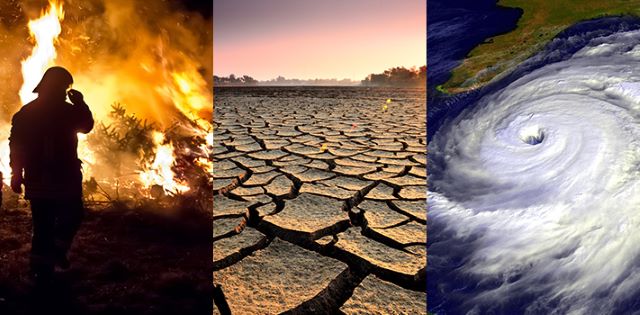
At a recent SACNAS conference, the keynote address was given by the former president of the Republic of the Marshall Islands, a chain of islands in the Pacific Ocean. Dr. Hilda Heine issued a call to take climate action that addresses the challenges faced by atoll nations and indigenous communities, among those first and worst impacted by climate change.
The conference also featured other educators. They included an associate professor and specialist in soil, water, and environmental sciences at the University of Arizona, a mass media fellow at the American Association for the Advancement of Science, and a Native Hawaiian biologist working in the conservation of endangered species and their habitats. Climate change research, along with indigenous knowledge, inclusion in STEM, and science communications were featured tracks of the 2019 conference.
“Though our nation has had a long, frustrating public debate on how — or even whether — to address climate change, we must have trained scientists from our communities ready to make the case to funding agencies for those studies, and then to take part in them,” said lifetime SACNAS member Dr. Robert E. Megginson (Lakota) in a 2016 op-ed based on a keynote presentation at the 2013 SACNAS National Conference.
As a professor of mathematics at the University of Michigan in Ann Arbor, Megginson’s research interests include the mathematics of climate change. During the keynote, Megginson said that several scientists working in relevant fields have been highlighted by SACNAS. They include:
“This list is far from exhaustive,” Megginson said, adding that psychologists, those heading for a biomedical career, computer scientists, both hardware and software specialists, and mathematicians have much to contribute.
“It should be a priority in science policy at the federal, state, and (for American Indians) tribal levels to increase the number of scientists from our communities who can contribute,” he added.
According to recent data for U.S. doctoral scientists and engineers, only 27,500 of the 805,500, or about 3.4%, fall into the categories of American Indian or Alaska Native and Hispanic or Latino. (Photo: NASA “The Effects of Climate Change“)
The U.S. Army Corps of Engineers has been tasked with…
Brown and Caldwell, a leading environmental engineering and construction firm,…
Humboldt State University, one of four campuses within the California…